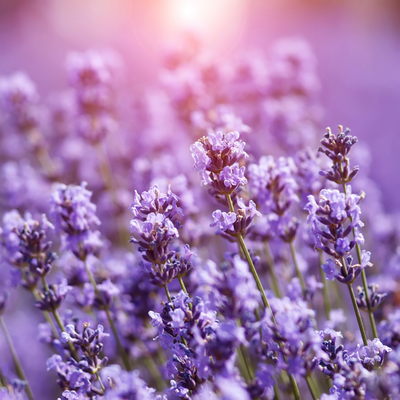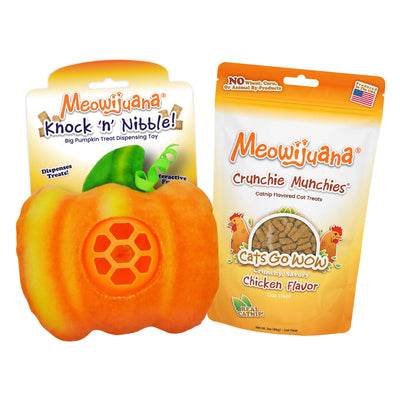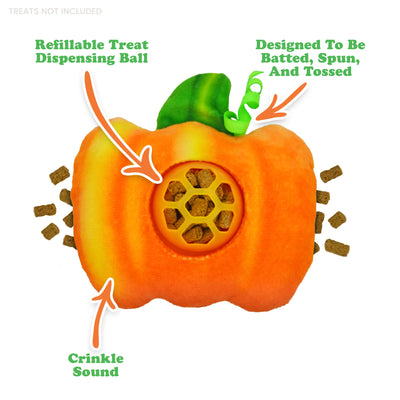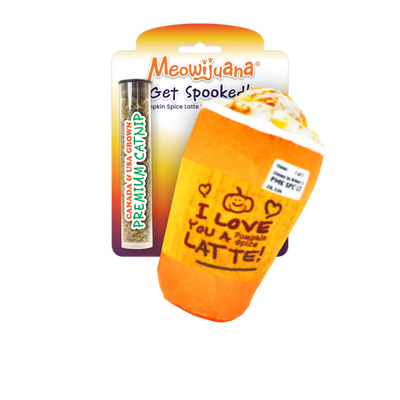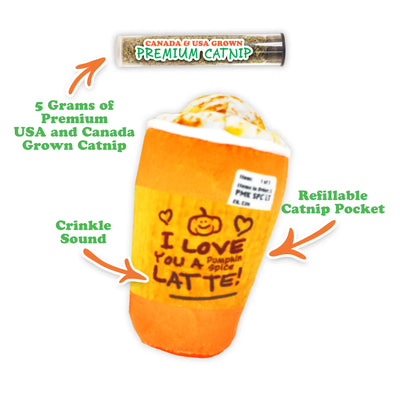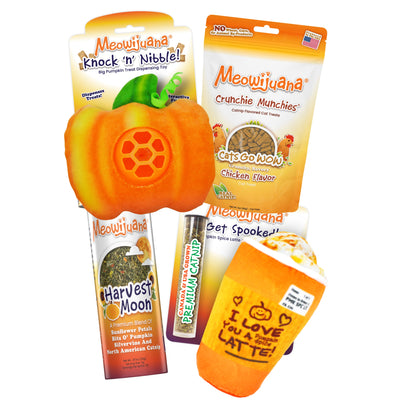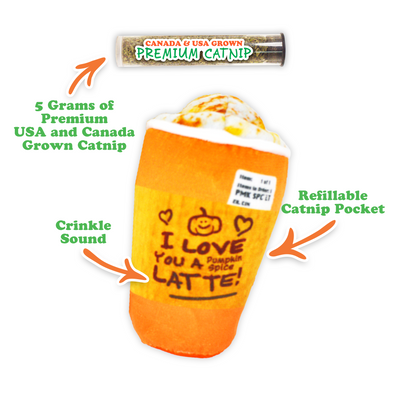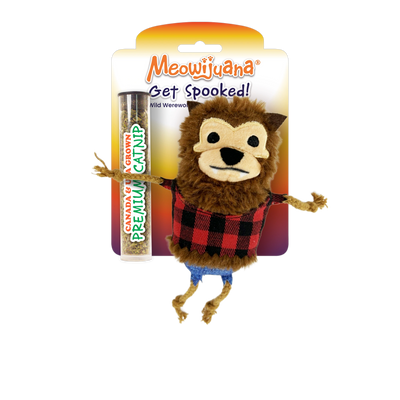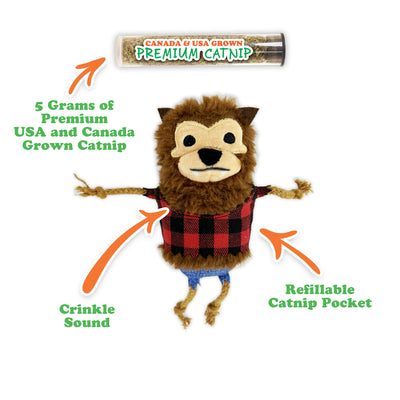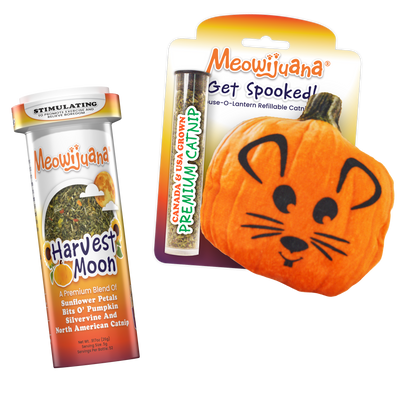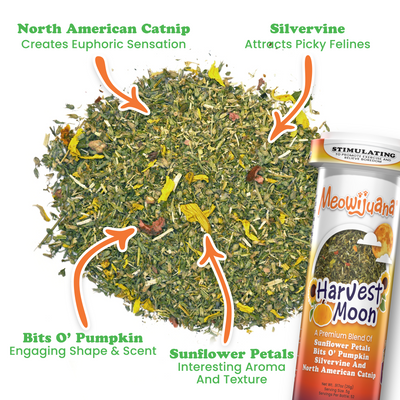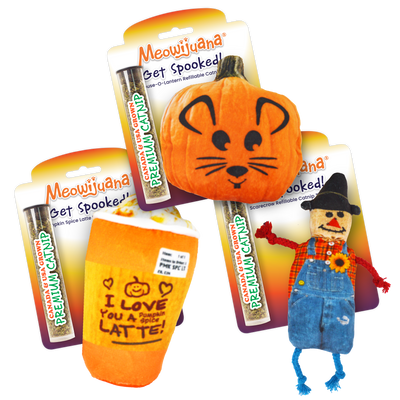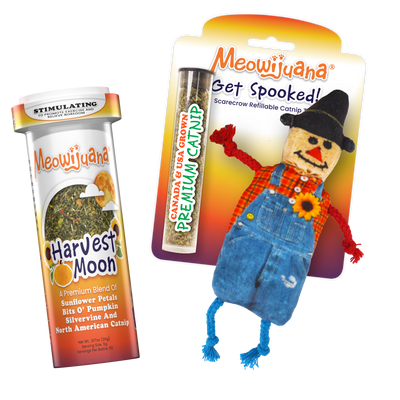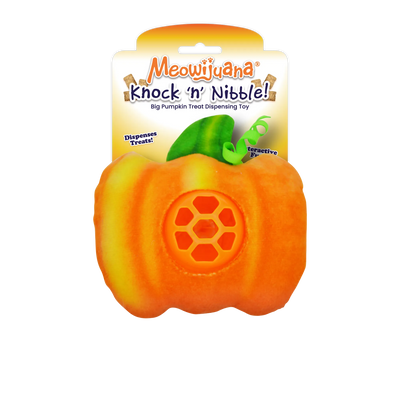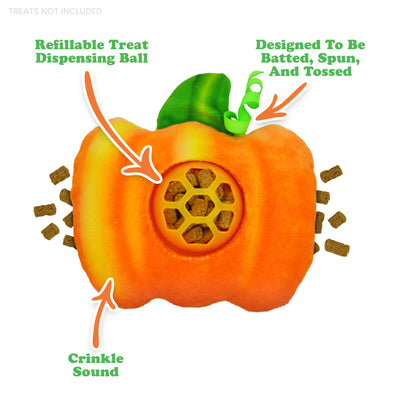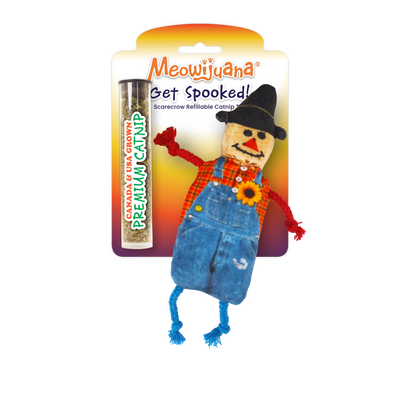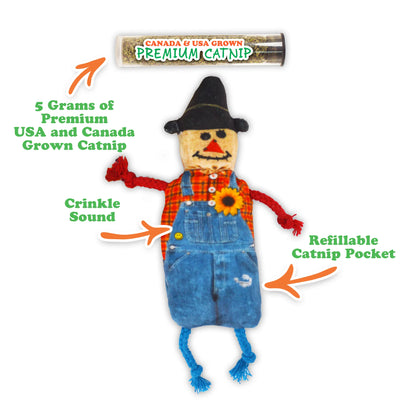Catnip, also known as Nepeta cataria, is a plant that is part of the mint family. The plant is native to Europe and Asia and the name Nepeta is believed to have come from the town of Nepete in Italy. Cataria is thought to have come from the Latin word for cat. The active ingredient, which causes unusual behavior in cats, is a volatile oil called nepetalactone, which can be found in the leaves & stem of the plant. Nepetalactone was first discovered in 1941 from catnip essential oils by Samuel McElvain at the University of Wisconsin.
Although there is no documented evidence, it is highly likely that ancient Egyptians, given their love of cats, were some of the first to give catnip to felines. Catnip has long been a highly regarded ingredient in herbal medicines and was used all the way back in medieval times.
Catnip was also used in cooking. It was brought to America in the 1800s from plant cuttings settlers brought with them. Native Americans also began incorporating catnip into their foods and medicinal therapies after being introduced to the plant by early settlers.
While historically – and more recently – there have been incidents and anecdotes of humans smoking ‘catnip’ to ‘get high,’ most evidence suggests that while catnip trips out our furry feline companions, it doesn’t have that much juice when it comes to an ‘intoxicating’ element on humans.
The most common use for catnip for humans these days is in tea form. Many tea and herbal companies sell teas either with catnip mixed in or straight. Catnip tea is purported to be useful as a stress reliever, menstrual aid, relieving flu and cold symptoms, decongestant, and digestive aid.
References:
http://catniptoy.co.uk/the-history-of-catnip/
http://www.ourherbgarden.com/herb-history/catnip.html
https://www.gaiaherbs.com/blogs/herbs/catnip
https://www.lavenderwind.com/2019/move-on-over-kitty-catnip-is-for-humans-too/
Curious About Catnip?
More Blog Posts & Helpful Information
Premium, Organic Catnip Products for Your Cat (Or Cats!)
